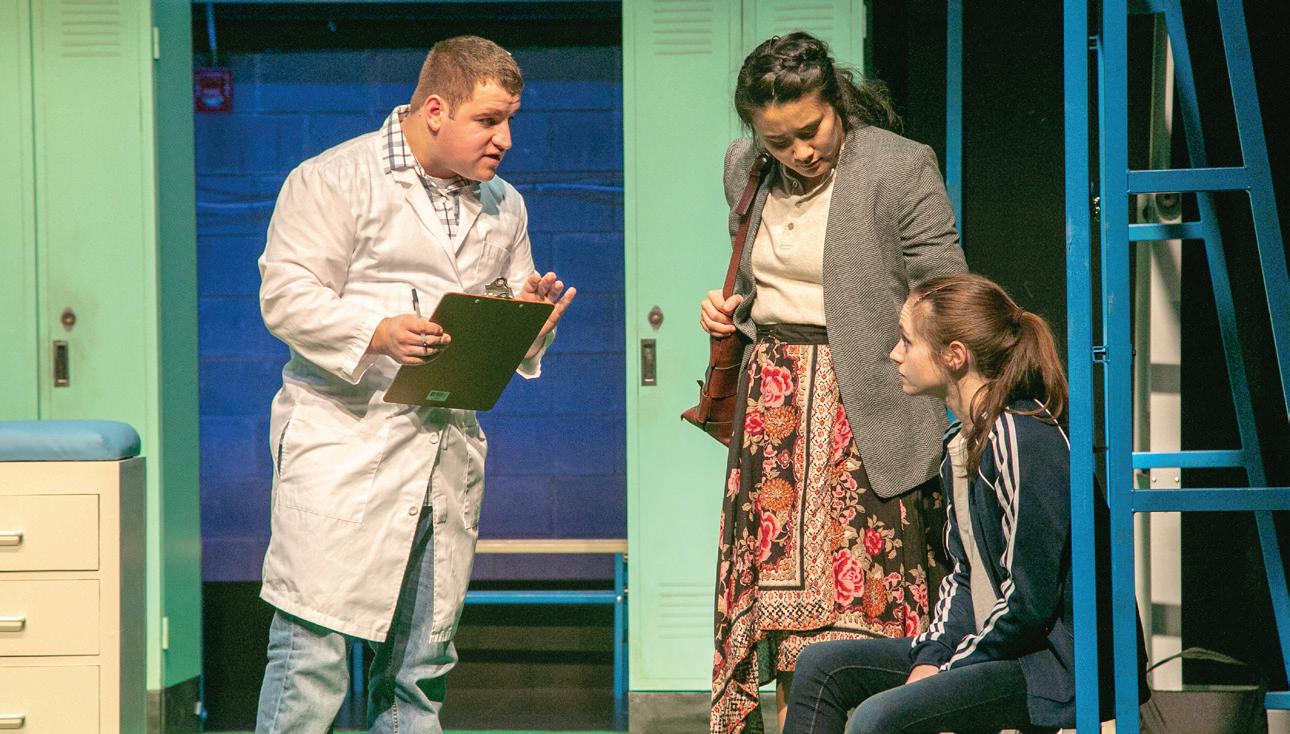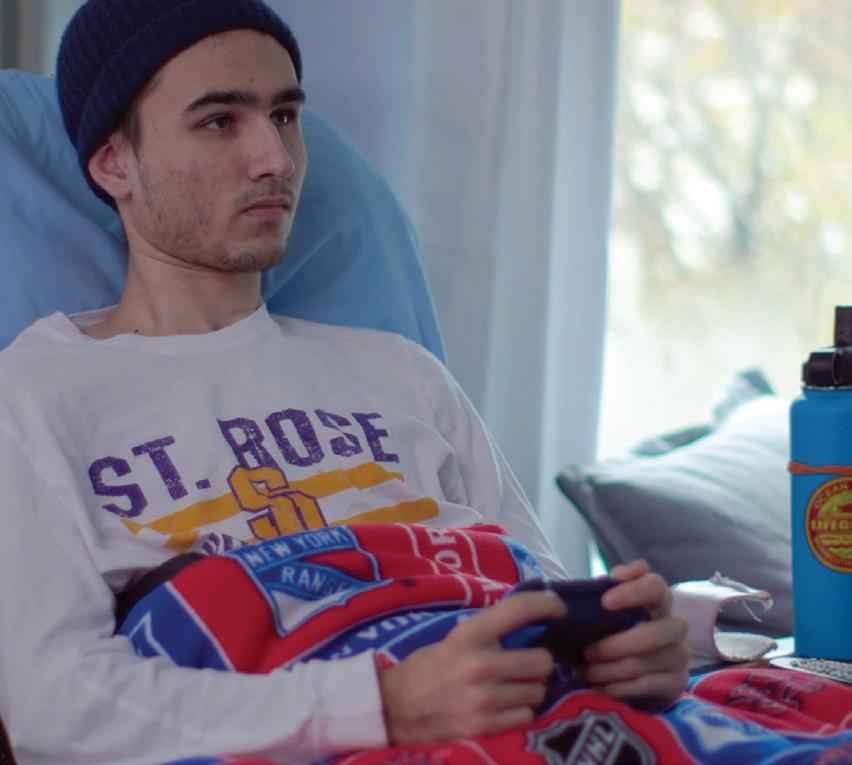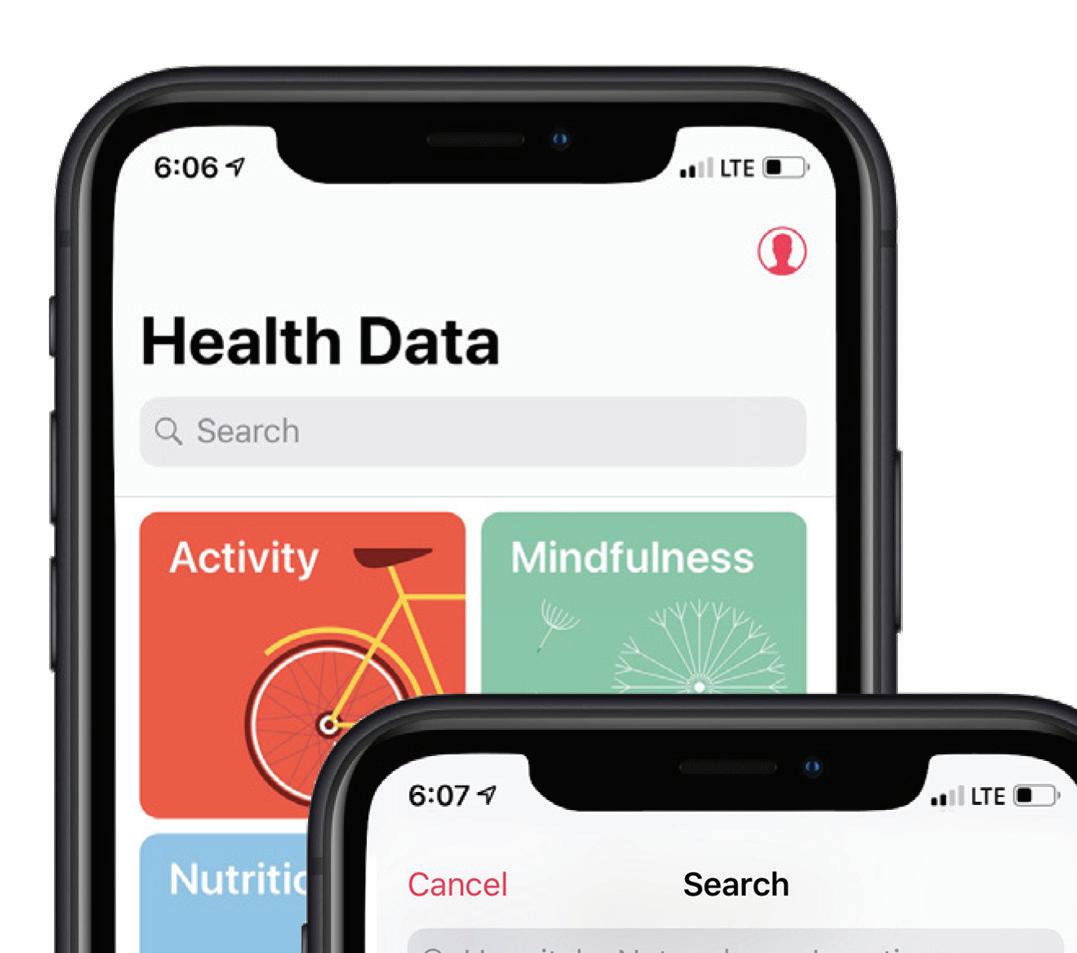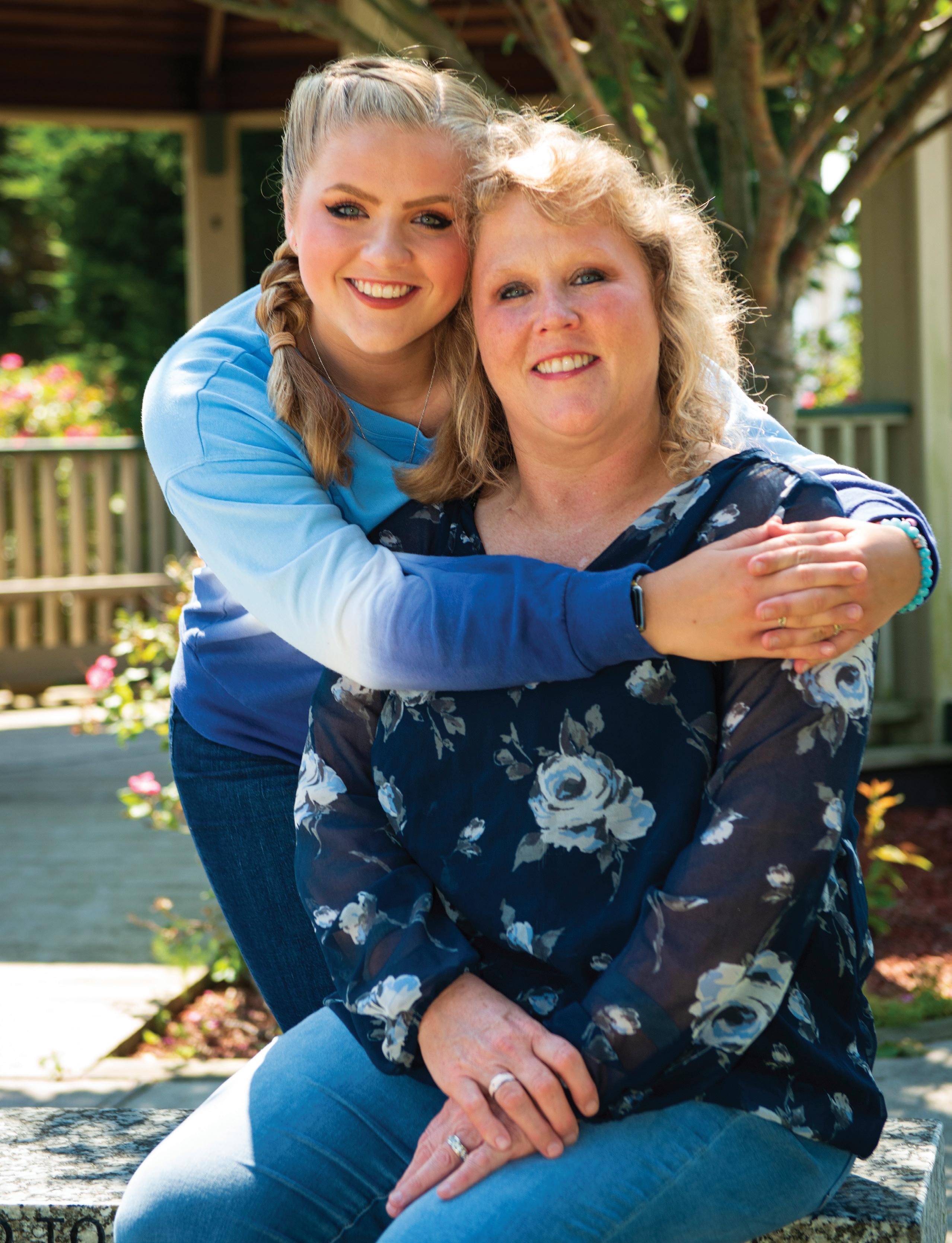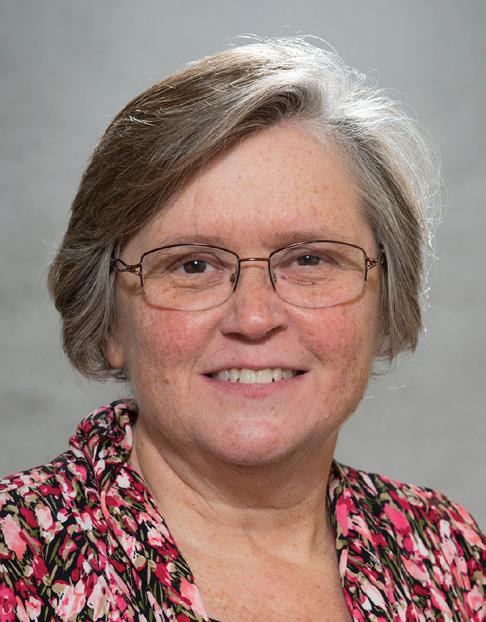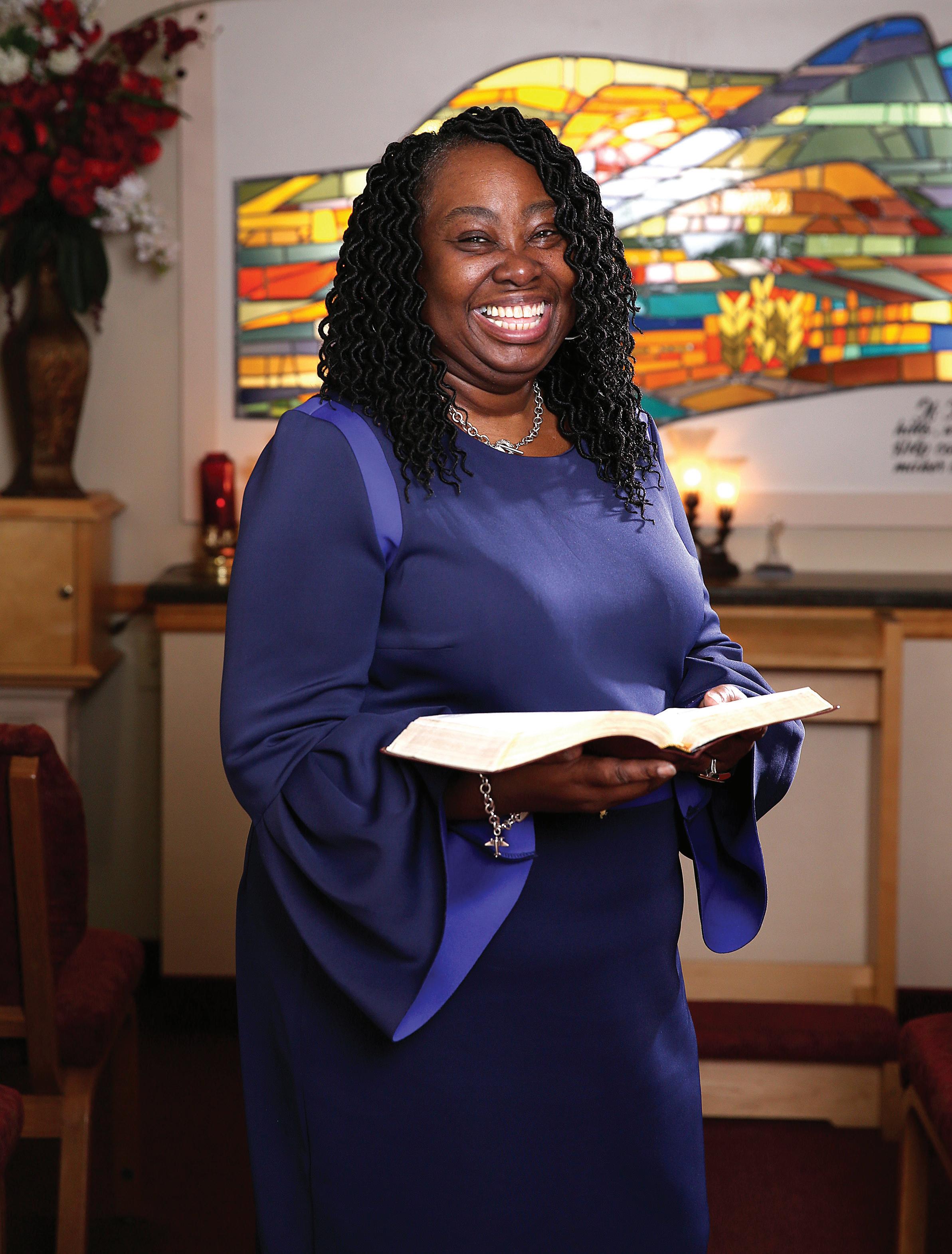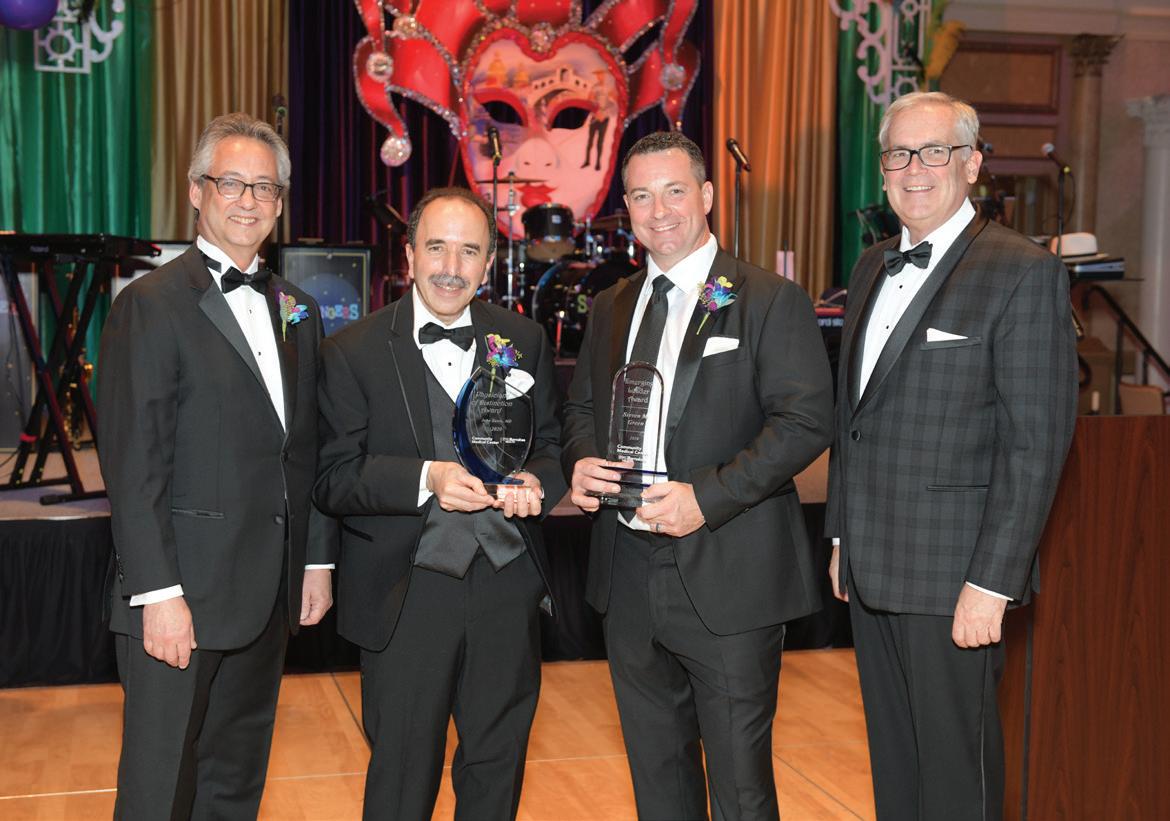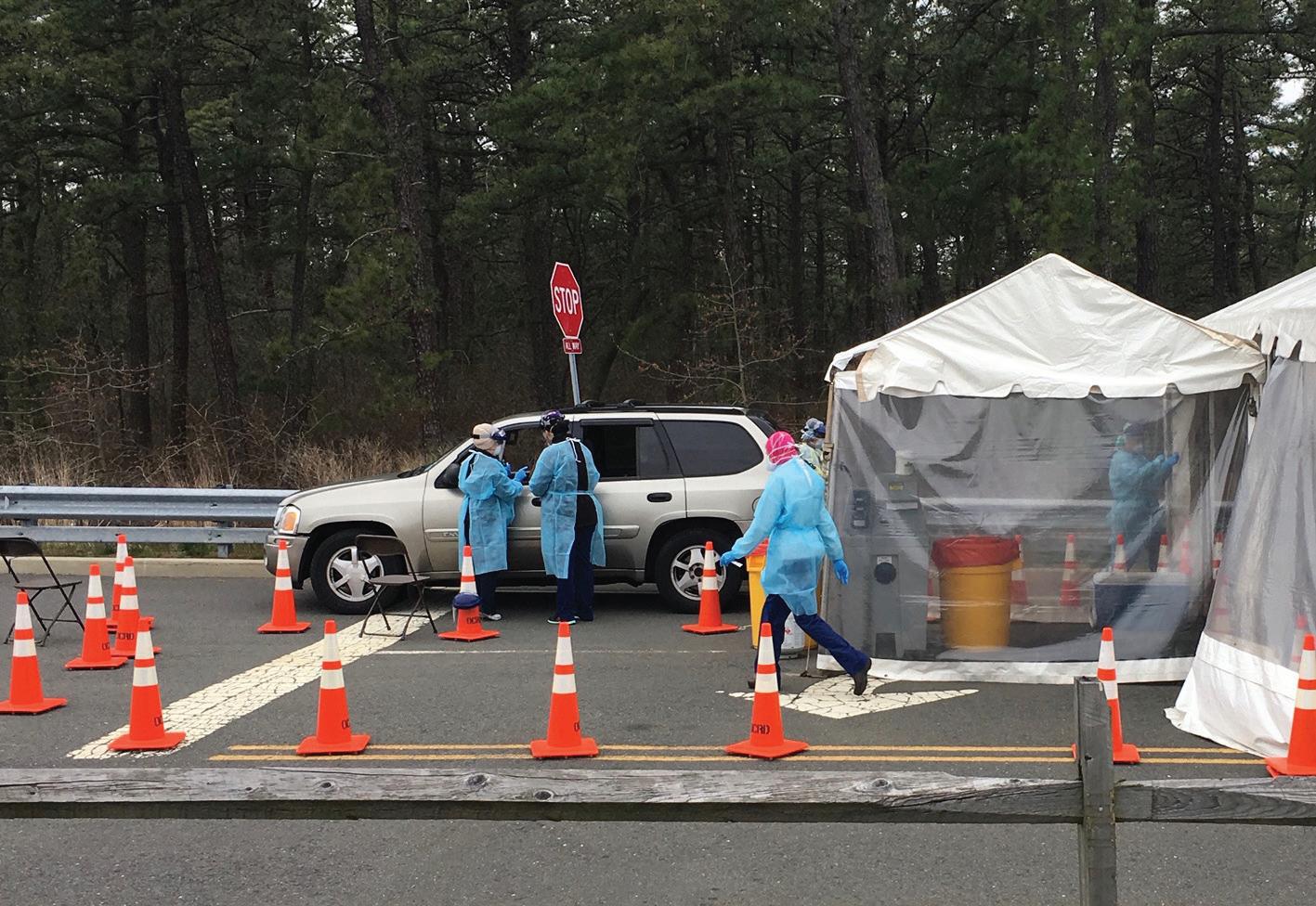
4 minute read
A YOUNG LIFE SAVED
THANKS TO FAST ACTION BY EMS WORKERS AND THE EMERGENCY DEPARTMENT TEAM, AN 18-YEAR-OLD HAS RECOVERED FROM A STROKE.
Tracy Thompson, of Beachwood, was working at her job as a dental assistant on November 20, 2018, when she received the type of call every mother dreads: Her 18-year-old daughter, Sydney, appeared to be having a stroke. Sydney, who is pursuing makeup artistry, had been out to lunch with a friend when the right side of her face began to droop and she was unable to move her right arm and leg or to talk. Emergency Medical Services (EMS) workers, who had recently received training in stroke awareness from Community Medical Center (CMC), immediately suspected a stroke and whisked her to the hospital. When a stroke occurs, time is critical. Every minute that passes, the patient’s chances of suffering irreparable brain damage increases. Sydney’s experience is an example of what happens when everything goes right. From early recognition of stroke symptoms by EMS workers to the fast action of providers at CMC’s Primary Stroke Center in the Emergency Department, her experience exemplifies the best in stroke care.
QUICK TREATMENT
EMS workers radioed ahead, notifying CMC’s Emergency Department that a possible stroke patient was on the way. By the time Sydney arrived, the stroke team was ready. They quickly took her medical history and performed blood and imaging tests to confirm she was experiencing a stroke. Testing determined that Sydney had had an ischemic stroke, SUMUL RAVAL, MD which occurs when a blood clot blocks the flow of blood in the brain. Without blood supply, the brain doesn’t receive the oxygen and nutrients it needs. If the blood supply is cut off for more than a few hours, permanent damage can occur. Doctors feared the worst—that Sydney might die or suffer permanent paralysis, unable to walk without assistance or talk. “She was so young,” recalls Sumul Raval, MD, the first neurologist to see her. Her mother, Tracy, recalls, “The medical team was preparing me for the possible consequences, but I never lost hope.” The size of the clot in Sydney’s brain was troubling, but time was on her side. Because she reached the hospital so quickly after her symptoms began, she was eligible for treatment with a clotbusting drug known as recombinant tissue plasminogen activator, or tPA. It must be administered within three to four-and-ahalf hours of the onset of symptoms to be effective. “The standard is to give tPA within 60 minutes of hospital arrival,” says Lindsey M. Smith, BSN, RN, SCRN, Stroke Program Coordinator. “We gave it to Sydney in about 55 minutes.” Sydney’s family noticed an improvement almost as soon as tPA was administered, recalls Tracy. But the clot in her brain still needed to be removed. Fortunately, there was no bleeding, so Sydney was a candidate for a mechanical thrombectomy, in which a clot is removed. This involves threading a catheter through an artery in the groin up to the blockage, inserting a stent and retrieving the clot. The procedure was successful and blood flow to Sydney’s brain was restored. Sydney was taken to the intensive care unit to recover. Unfortunately, she developed a complication: When the catheter in Sydney’s groin was removed, a new blood clot formed in her leg, stopping blood flow. Nurses were unable to detect a pulse, so Sydney was airlifted to Robert Wood Johnson University Hospital in New Brunswick, also an RWJBarnabas Health facility. Fortunately, the clot resolved on its own.
A REMARKABLE RECOVERY
Sydney spent four weeks at an inpatient rehabilitation facility. There, she received therapy to improve movement on her right side, which would help her walk and move her arm. Another goal was to tackle her speech condition, called expressive aphasia—the inability to produce language, which is common when a stroke occurs in the left hemisphere of the brain. Sydney has made great progress. “She’s able to walk without support,” says Dr. Raval. “In addition, she’s experienced significant improvement in her aphasia. She actually has close-to-normal speech.” Smith credits Sydney’s successful recovery in part to the hospital’s commitment to being a High Reliability Organization (HRO). That means it employs standardized procedures aimed at reducing medical errors and ensuring patient safety. The group conducts “safety huddles” to discuss safety concerns and celebrates “good catches,” such as the discovery that Sydney didn’t have a pulse in her leg. “If something’s not right, we speak up about it,” says Smith. “At the end of the day, a patient’s life is in our hands.”
The Primary Stroke Center’s community outreach efforts—for instance, teaching EMS personnel to recognize the signs of stroke and act quickly—also played a role in Sydney’s successful outcome. Tracy is grateful. “The hospital saved my daughter’s life,” she says.
Sydney Thompson, who is pursuing makeup artistry, has made great progress in her recovery from a stroke.
For more information, visit www.rwjbh.org/neuroscience or call 888.724.7123.


